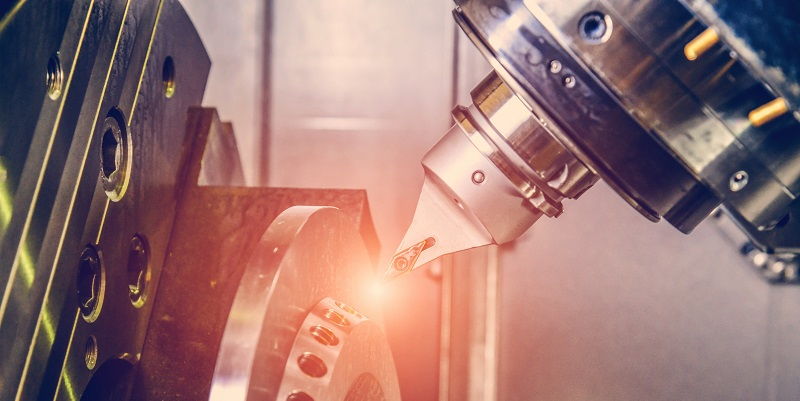In the world of metrology, API has introduced the groundbreaking 9D LADAR system, a non-contact measurement tool that redefines accuracy and speed. With its remarkable capabilities, it has become the fastest and most accurate system available. Let’s explore how API’s 9D LADAR, when mounted on an Automated Guided Vehicle (AGV), brings mobility and precision to aerospace inspections like never before.
Mobility and Flexibility
The versatility of the 9D LADAR system truly shines when it is easily mounted onto an AGV using a vertical column. This innovative setup allows for the adjustment of the measurement height throughout the inspection process, ensuring accurate measurements irrespective of the component’s position. Moreover, the AGV’s autonomy enables the 9D LADAR to effortlessly navigate the manufacturing environment, eliminating the need for manual intervention.
Comprehensive and Flexible Coverage
With its extended range of 25 meters, the 9D LADAR system offers comprehensive and flexible coverage of the entire manufacturing floor. AGVs equipped with this powerful metrology tool can seamlessly move around, inspecting components with precision at every location and making inspections more efficient.
Scanning Capabilities and Speed
To capture dimensional and surface geometry data, the 9D LADAR system utilizes tooling balls for alignment. As the AGV positions the 9D LADAR system, it performs scans at an impressive speed of 0.2 seconds per square centimeter. This unprecedented scanning speed ensures rapid data acquisition, reducing inspection times significantly.
Benefits for Aerospace Manufacturers
Implementing API’s 9D LADAR system mounted on AGVs brings several benefits for aerospace manufacturers. First and foremost, it increases accuracy and speed in inspections, providing reliable data for quality control. Additionally, automation and efficiency are achieved as AGVs eliminate the need for manual inspection, reducing the chance of human error and improving overall efficiency.
Unmatched Accuracy in Complex Environments
The 9D LADAR system delivers unrivaled accuracy even in complex aerospace environments. With a specification of 25 μm + 6 μm/m (2 sigma) in 3D accuracy, it ensures precise measurements that are essential for maintaining the highest quality standards in aerospace manufacturing.
Seamless Integration
One of the most compelling features of the 9D LADAR system is its seamless integration into existing manufacturing processes. Manufacturers can use their preferred third-party metrology software for data reporting, leveraging their familiarity and optimizing their workflow when incorporating the 9D LADAR system.
Increased Measurement Throughput and Productivity
Rapid and precise inspections facilitated by the 9D LADAR system lead to a significant increase in measurement throughput and productivity. By automating the inspection process, aerospace manufacturers can achieve more inspections in less time, enhancing overall productivity.
API’s Dynamic 9D LADAR system, mounted on AGVs, has the potential to revolutionize inspection processes in the aerospace manufacturing industry. Its combination of mobility, accuracy, and speed empowers manufacturers to achieve new levels of efficiency and quality control. By implementing this groundbreaking metrology tool, aerospace manufacturers can ensure precise and reliable inspections, ultimately contributing to the advancement of the industry as a whole.

